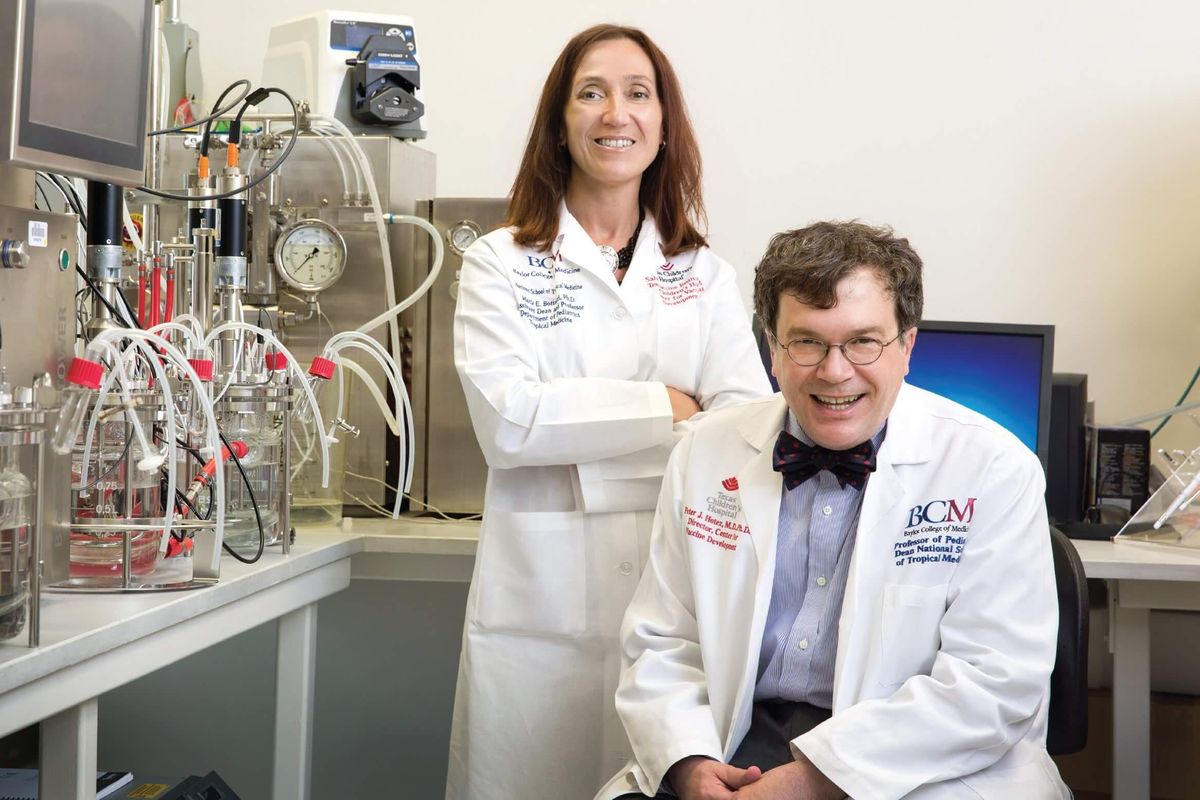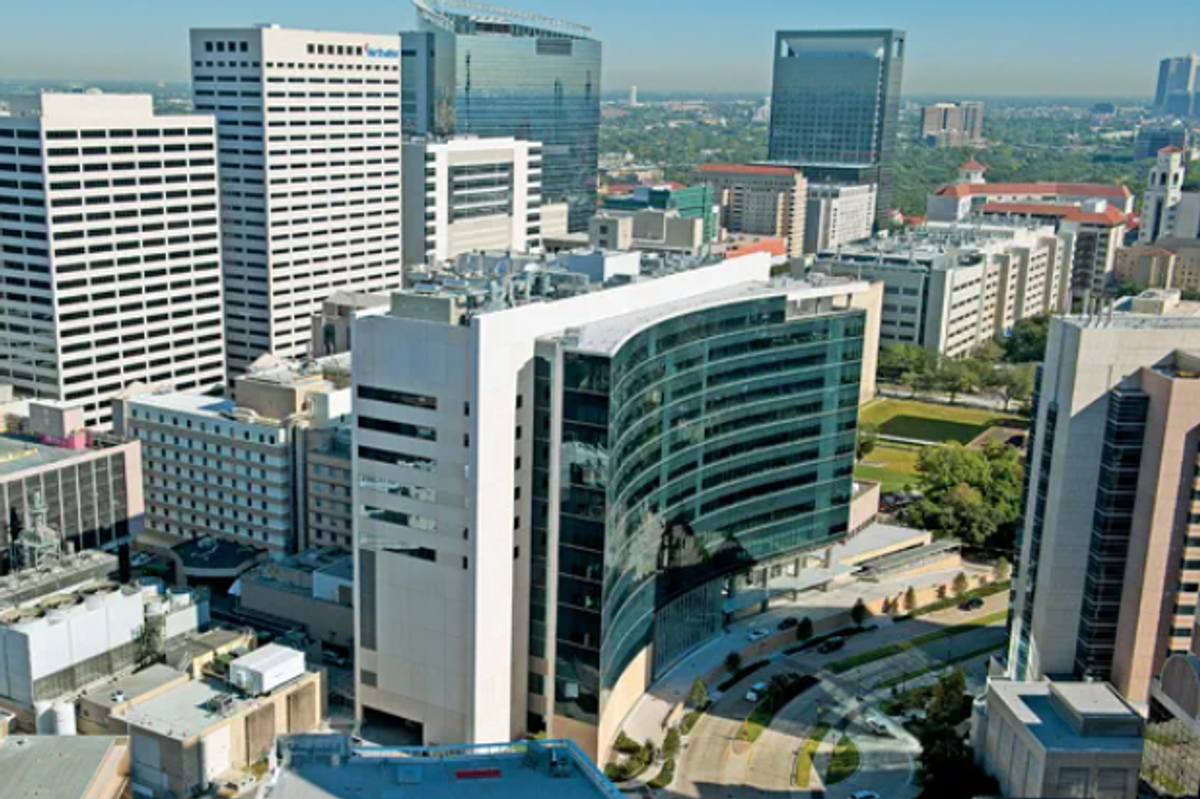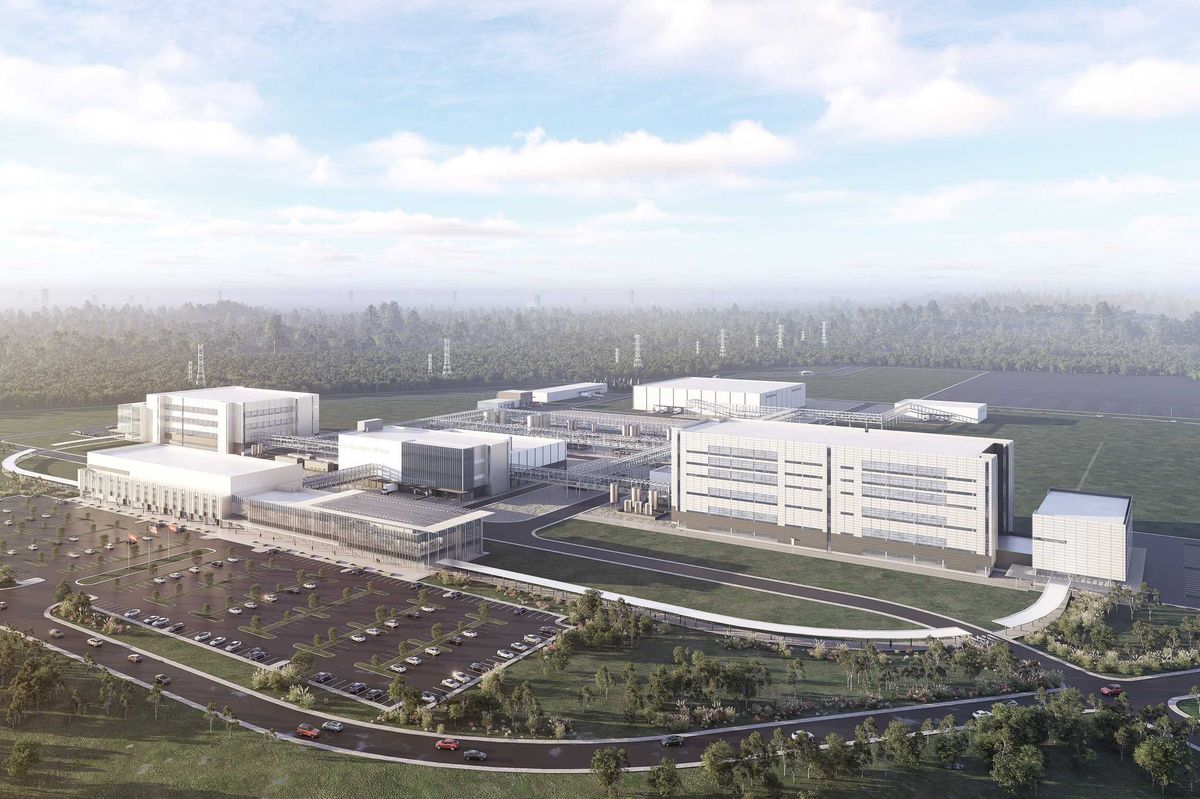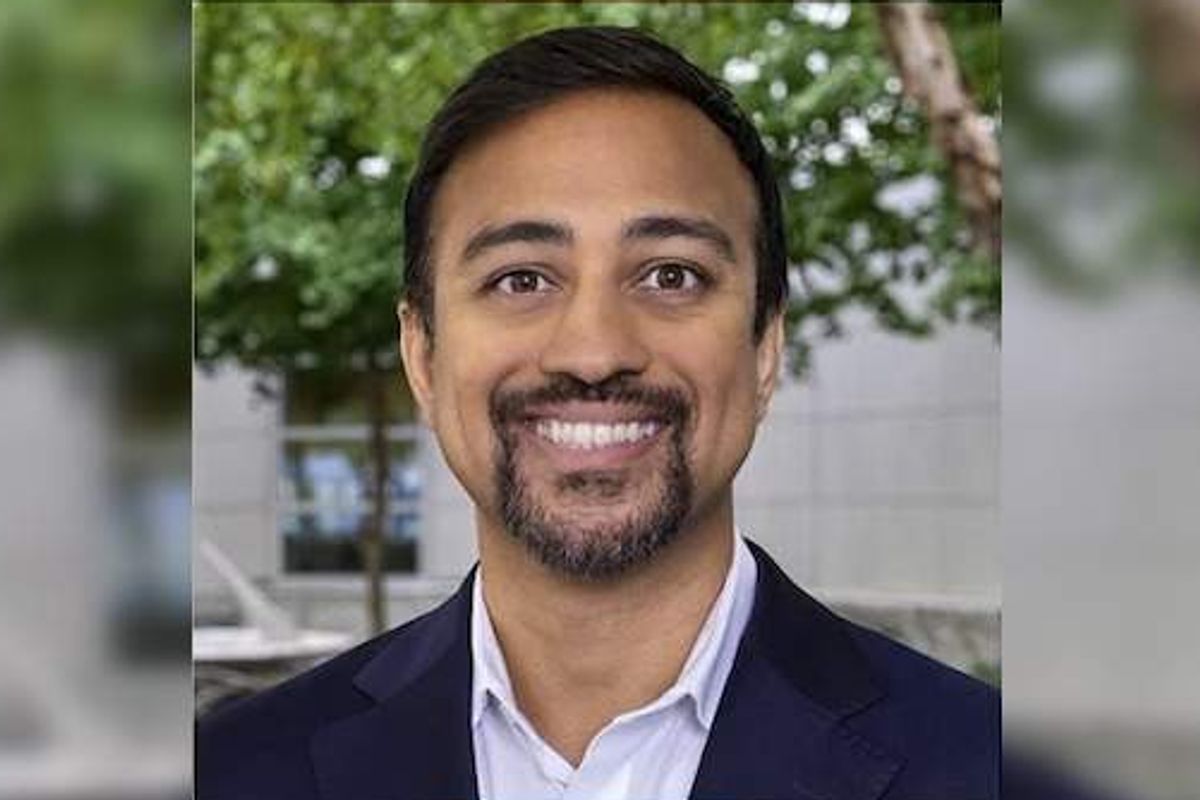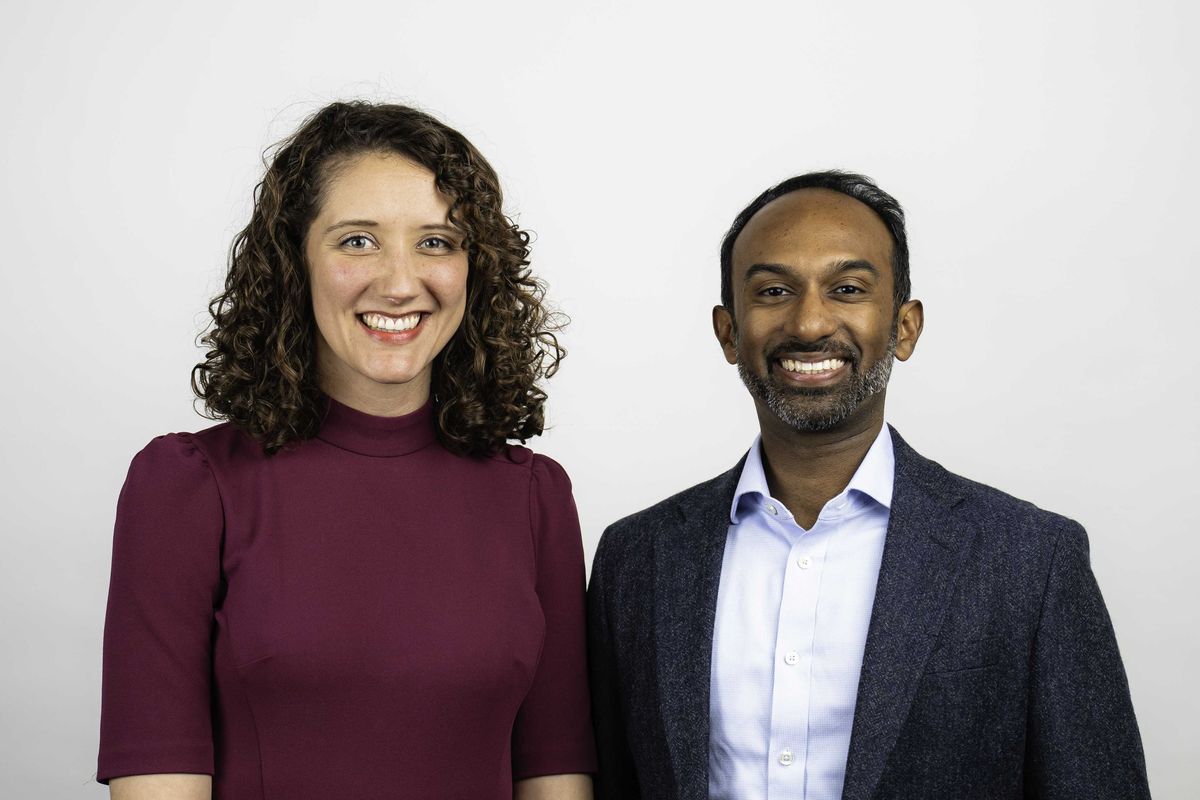Report: Here's how Houston ranks in terms of its gender pay gap
by the numbers
It's 2024 and women are still making less money than men, thus keeping the unfortunate reality of the wage gap alive. But at least in Houston, the wage gap isn't as bad as other Texas cities, according to a new earnings study by Chamber of Commerce.
Houston ranked No. 142 on the list, which examined earnings for full-time workers in 170 of the most populous cities in the United States.
The study found that, in 2024, men in Houston are currently making $4,474 more than women — a figure that's significantly lower than the national wage gap, which is a little over $11,000.
The U.S. city with the worst gender pay gap is none other than Frisco, a Dallas suburb. Men in Frisco are currently making a staggering $52,216 more than women, which is more than $12,000 more than the gap in 2023.
Also in North Texas, McKinney remained in the No. 5 spot for the second consecutive year. McKinney men make $24,568 more than women, which is a $4,400 decrease year-over-year. Plano's gender wage gap has worsened since 2023: The Dallas suburb is now listed among the top 10 worst pay gaps in the U.S., climbing to No. 6. The study says the Plano's wage gap is now $23,415, or nearly $2,300 more than last year.
Statewide gender pay gap
Chamber of Commerce found that Texas' gender pay gap has increased since last year; The 2023 study found that women made nearly $11,000 less than men, and that discrepancy has widened in 2024 to nearly $12,000.
However, Texas' ranking has improved 10 spots from No. 29 last year to No. 19 this year.
For added context, New Hampshire has the No. 1 worst pay gap in the nation, with men making over $18,000 more than women.
Other Texas cities that earned spots in the report are:
- No. 20 – Amarillo
- No. 22 – Laredo
- No. 24 – Austin
- No. 30 – Corpus Christi
- No. 31 – Pasadena
- No. 33 – Irving
- No. 52 – Lubbock
- No. 59 – El Paso
- No. 65 – Grand Prairie
- No. 81 – Fort Worth
- No. 118 – Dallas
- No. 121 – San Antonio
- No. 125 – Arlington
- No. 167 – Brownsville
- No. 168 – Garland
------
This article originally ran on CultureMap.

